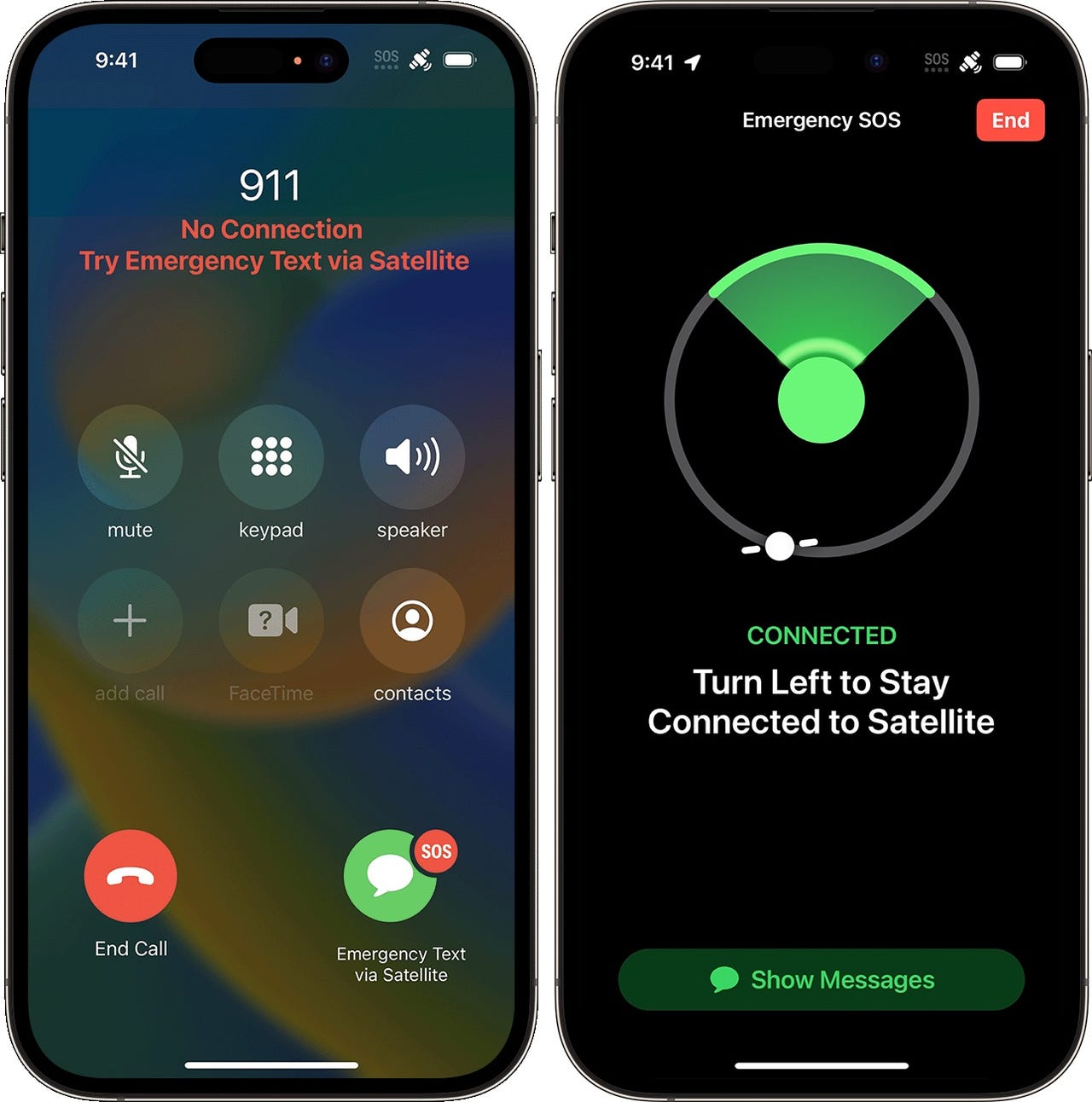'ZDNET Recommends': What exactly does it mean?
ZDNET's recommendations are based on many hours of testing, research, and comparison shopping. We gather data from the best available sources, including vendor and retailer listings as well as other relevant and independent reviews sites. And we pore over customer reviews to find out what matters to real people who already own and use the products and services we’re assessing.
When you click through from our site to a retailer and buy a product or service, we may earn affiliate commissions. This helps support our work, but does not affect what we cover or how, and it does not affect the price you pay. Neither ZDNET nor the author are compensated for these independent reviews. Indeed, we follow strict guidelines that ensure our editorial content is never influenced by advertisers.
ZDNET's editorial team writes on behalf of you, our reader. Our goal is to deliver the most accurate information and the most knowledgeable advice possible in order to help you make smarter buying decisions on tech gear and a wide array of products and services. Our editors thoroughly review and fact-check every article to ensure that our content meets the highest standards. If we have made an error or published misleading information, we will correct or clarify the article. If you see inaccuracies in our content, please report the mistake via this form.
Apple launches Emergency SOS via satellite in US and Canada


Apple on Tuesday announced that Emergency SOS via satellite is officially available to iPhone 14 users in the US and Canada.
Next month, Apple will launch Emergency SOS via satellite in France, Germany, Ireland, and the UK. Apple is enabling the feature on all iPhone 14 models that are running iOS 16.1, which was released near the end of October.
There isn't an additional software update.
Emergency SOS via satellite is free for the next two years, after which Apple plans to start charging an unannounced fee.
You can check to see if your phone has access to Emergency SOS via satellite by opening the Settings app on your iPhone 14 or iPhone 14 Pro, going to Emergency SOS, and scrolling to the bottom of the screen.
Read the review: iPhone 14 Pro packs a lot more innovation for the same price as last year
ZDNET Recommends
If you have the feature, you'll see a new section detailing your phone's new capability of connecting to satellites, and offering a demo mode for you to get a feel for what the process is like should you ever have to use it.
For those unfamiliar, Emergency SOS via Satellite will allow an iPhone 14 owner to contact emergency services when in an area without cellular or Wi-Fi coverage. The feature is triggered by calling 911 when "SOS" is shown at the top of the iPhone's screen where the cellular coverage bars are normally visible.
Once you're connected to a satellite, you'll either directly exchange messages with a local dispatcher if they accept text messages, or talk with local emergency services using an Apple-trained emergency specialist as a go-between.
Another way to use the satellite connectivity included in the iPhone 14 lineup is to update your location in the Find My app. When you're completely off the grid and without any sort of Wi-Fi or cellular coverage, you can open the Find My app and connect to a satellite to update your location every 15 minutes. The process is manual and done in the Find My app under the "Me" tab.
Also: New iPhone 14 models compared: Which one should you buy?
As I stated earlier, there's a demo mode included in order to avoid users testing out the feature and needlessly contacting an emergency dispatcher. When using the demo mode, you actually connect to a satellite as you would in a real emergency, but the demo mode prevents the messages from going to a dispatcher.
When the feature was first announced alongside the iPhone 14 lineup in September, Apple published a YouTube video to walk you through how it works. Looks simple enough, right?